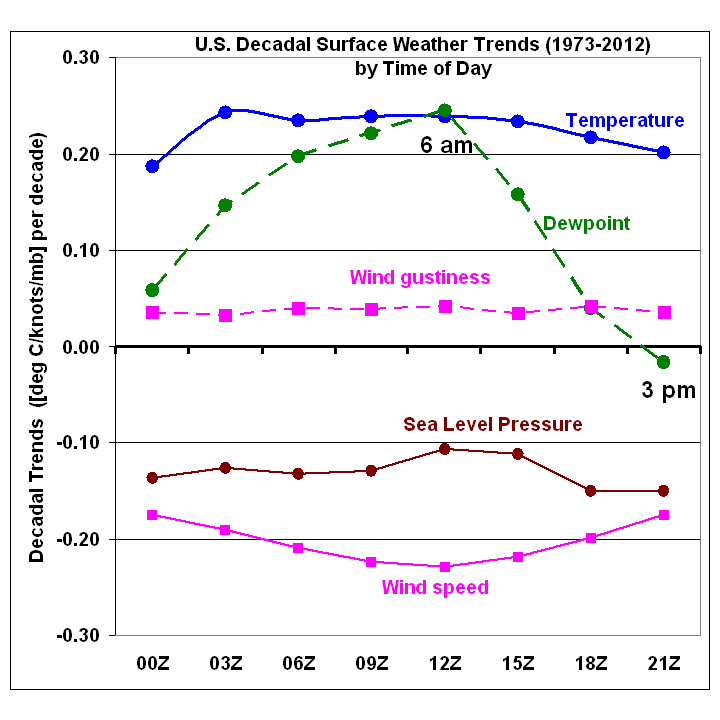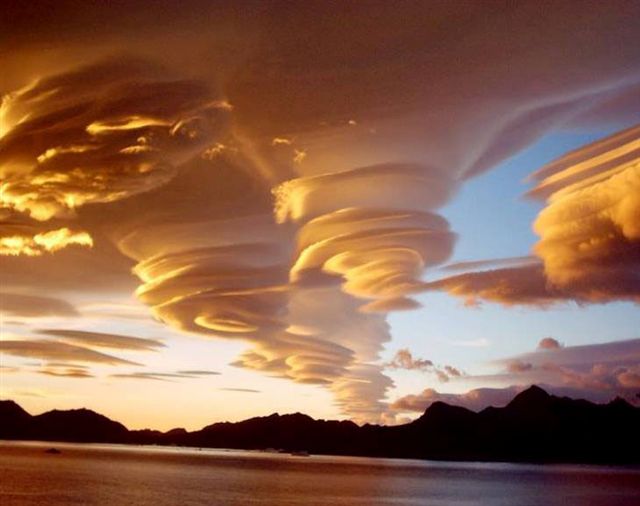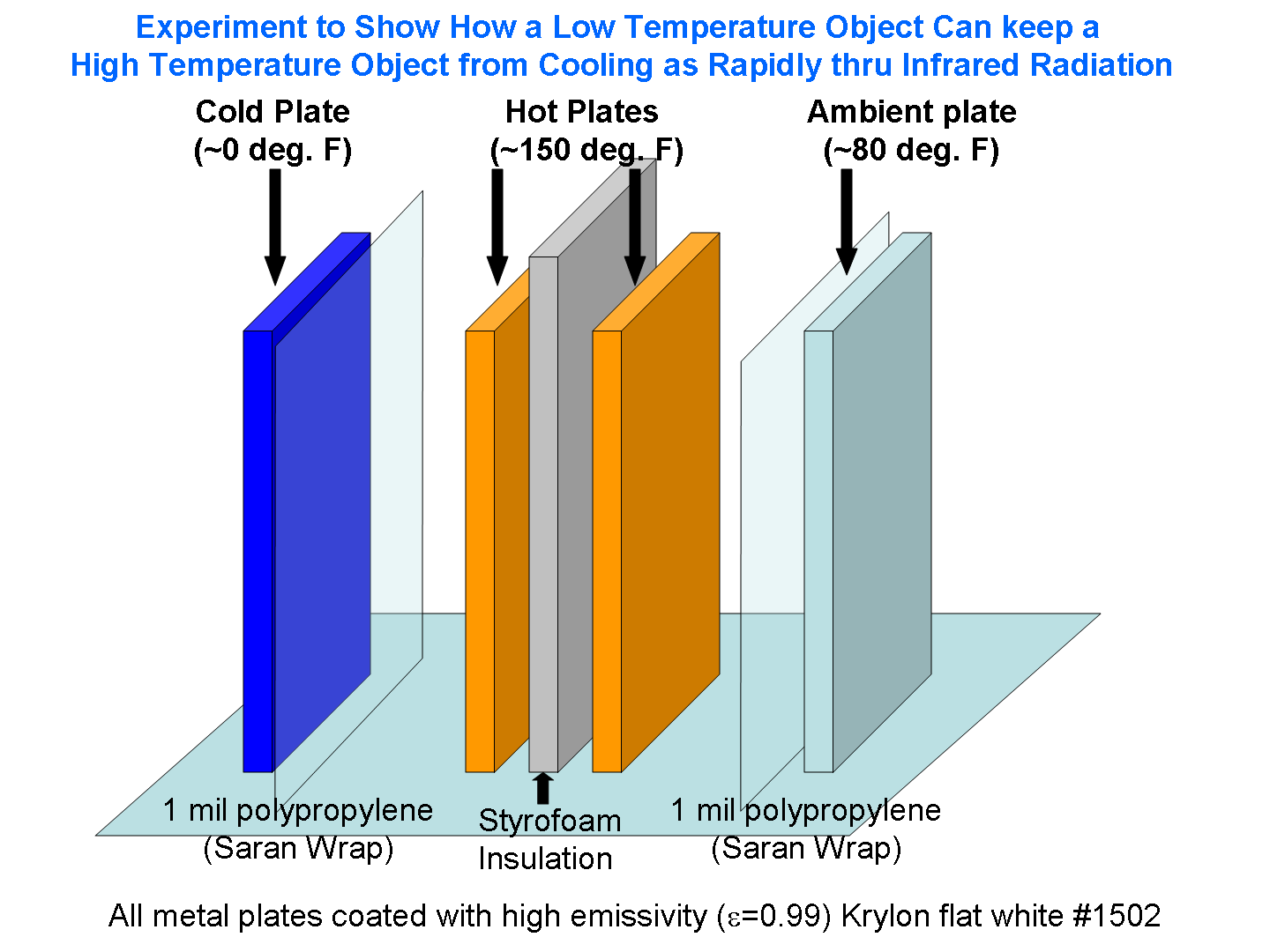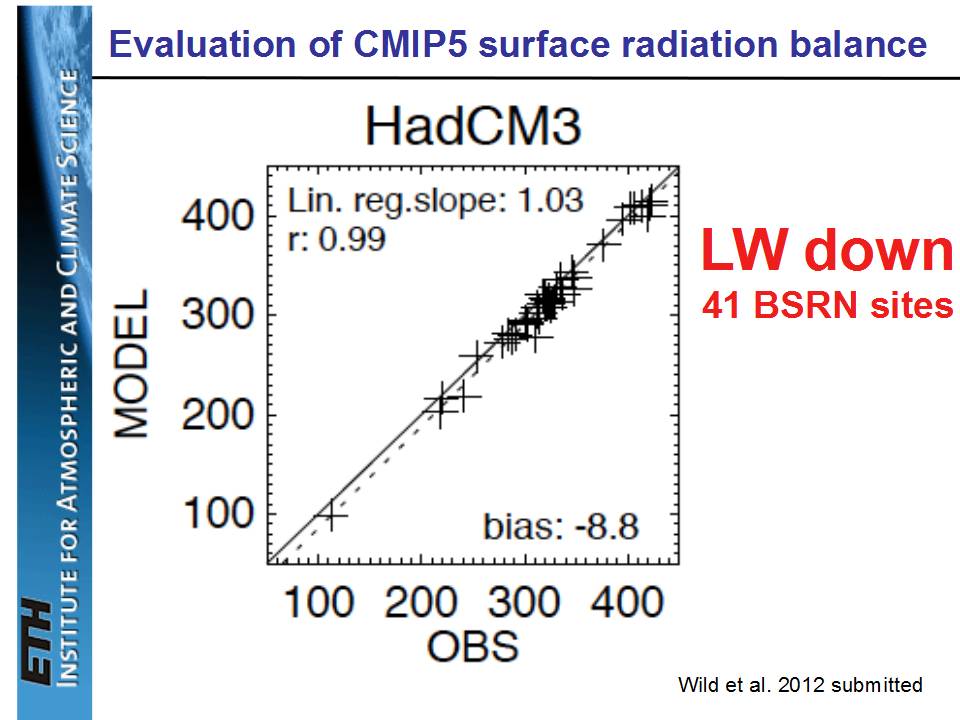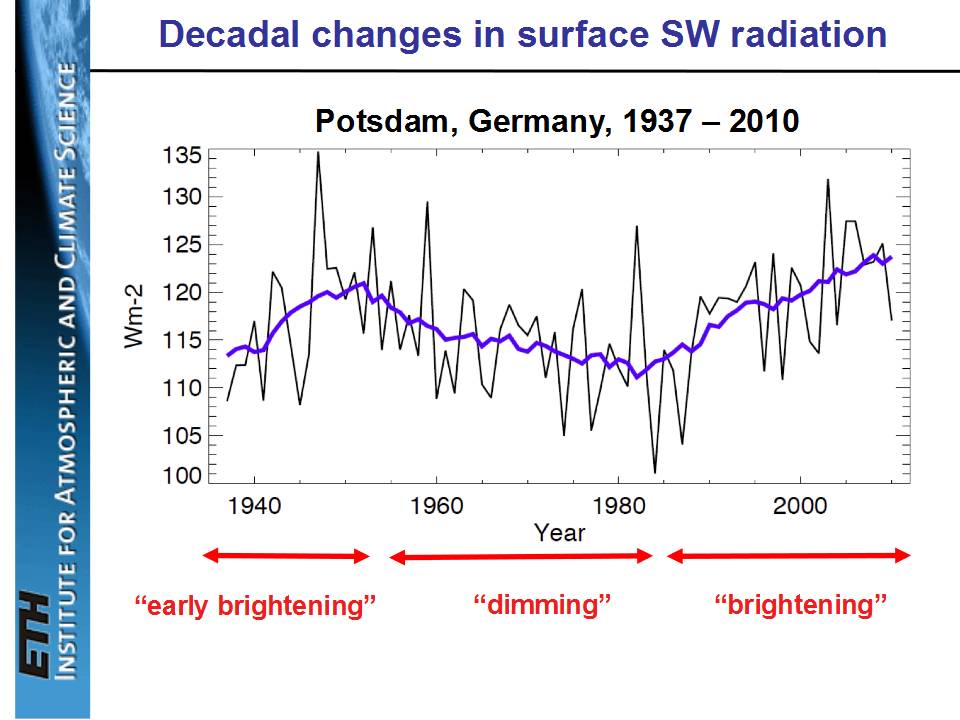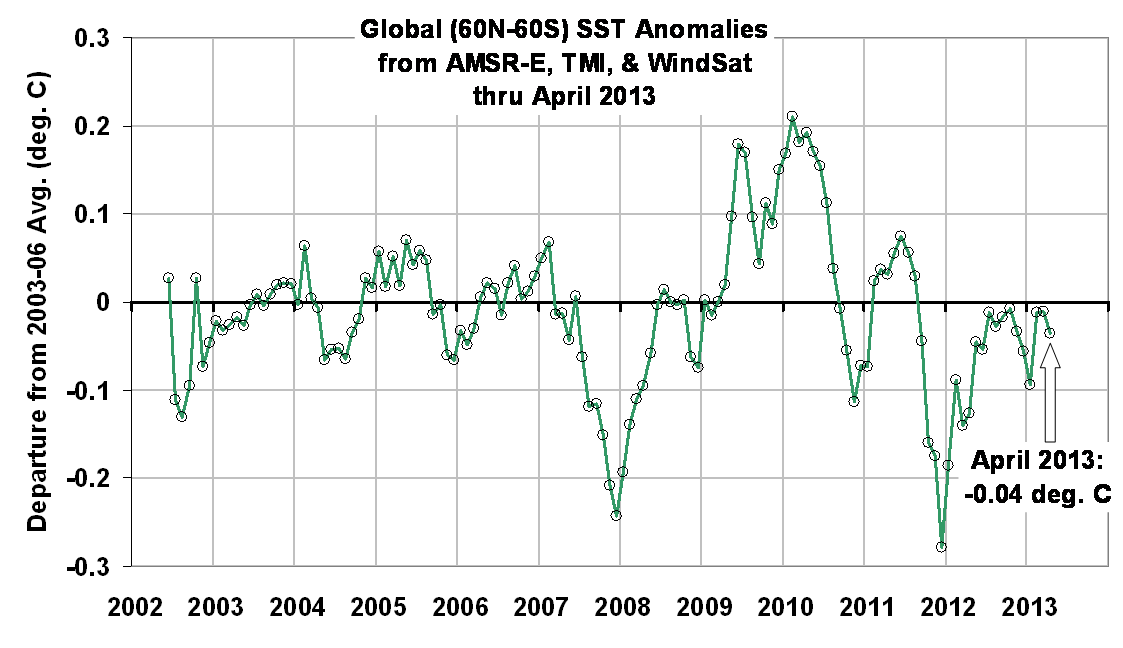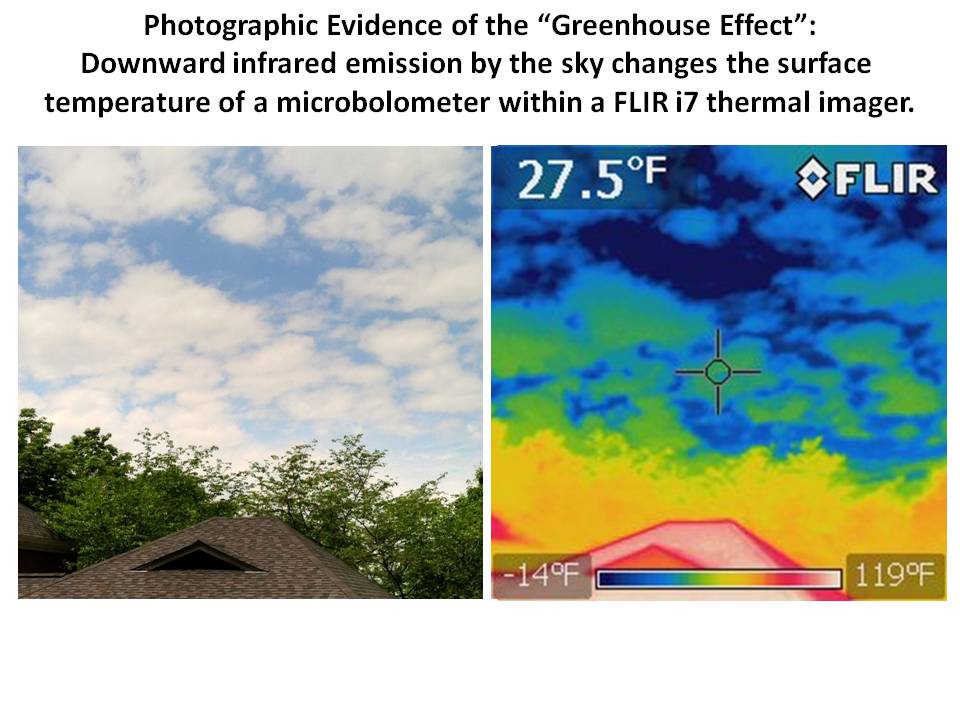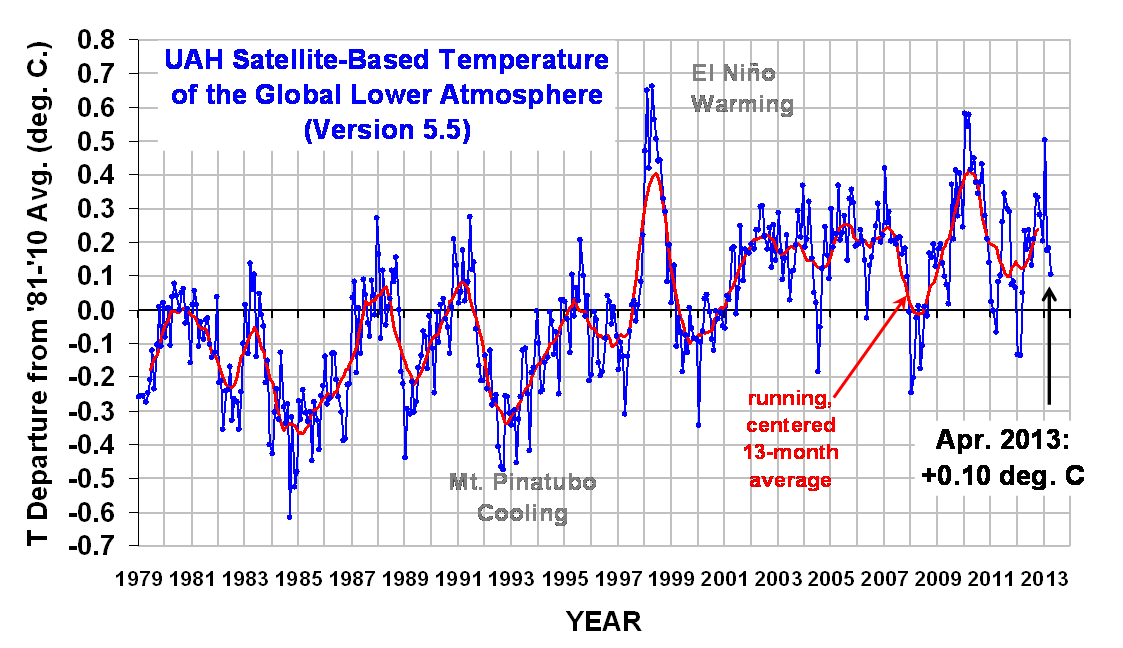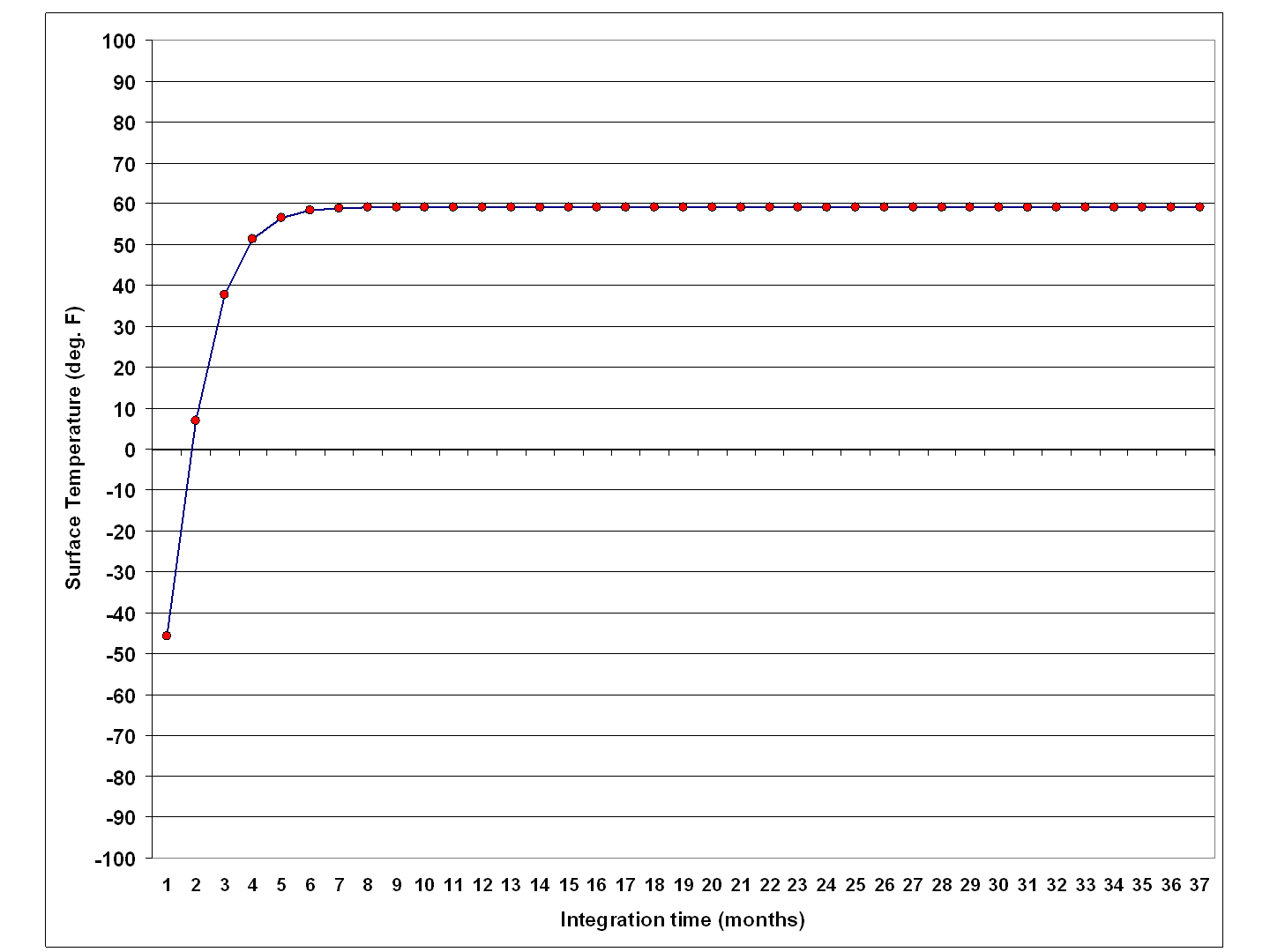I have allowed the Sky Dragon Slayers to post hundreds of comments here containing their views of how the climate system works (or maybe I should say how they think it doesn’t work).
As far as I can tell, their central non-traditional view seems to be that the atmosphere does not have so-called “greenhouse gases” that emit thermal infrared radiation downward. A variation on this theme is that even if those gases exist, they emit energy at the same rate they absorb, and so have no net effect on temperature.
I have repeatedly addressed these views and why they are false.
As far as the Slayer’s alternative explanations go, I have addressed why atmospheric pressure cannot explain surface temperature. The atmospheric adiabatic lapse rate describes how temperature *changes* with height for an air parcel displaced vertically, it does not tell you what the temperature, per se, will be.
If it was just a matter of air pressure, why is the stratosphere virtually the same temperature over its entire depth, despite spanning a factor of 100x in pressure, from about ~2 mb to ~200 mb?
For the adiabatic lapse rate to exist in the real atmosphere, there must be “convective instability”, which requires BOTH lower atmospheric heating AND upper atmospheric cooling. But the upper atmosphere cannot cool unless greenhouse gases are present! Without greenhouse gases, the atmosphere would slowly approach an isothermal state through thermal conduction with a temperature close to the surface temperature, and convection would then be impossible.
In other words, without the “greenhouse effect”, there would be no decrease in atmospheric temperature with height, and no convection. The existence of weather thus depends upon the greenhouse effect to destabilize the atmosphere.
Put Up…
The Slayers have had ample opportunity to answer my challenge: take your ideas, put them into an alternative time-dependent model for surface temperature, and run it from any initial state and see if it ends up with a realistic temperature.
Determining the actual temperature at any altitude requires computing rates of energy gain and energy loss. I spent only an hour to provide a simple version of such a model based upon traditional physics, which produces the observed average surface temperature of the Earth. It is the same physics used in many weather prediction models every day, physics which if not included would cause those models forecasts to quickly diverge away from how the real atmosphere behaves on average.
Surely, of the 200 scientists and meteorologists the Slayers claim to have at their disposal, they can produce something similar.
Here’s the equation I used for surface temperature change with time, and it assumes a single atmospheric layer with an average infrared effective emissivity of 0.9, based upon the Kiehl-Trenberth global average energy budget diagram.
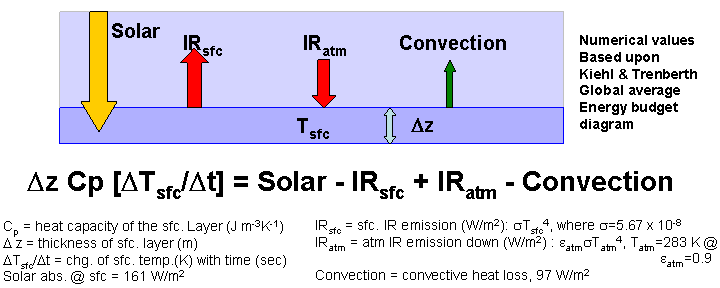
I also have a version of the model which adds the time rate of change of the bulk atmospheric temperature, too, based upon the Kiehl-Trenberth diagram. These are very simple models…usually in modeling the atmosphere and ocean are divided up into many mutually interacting layers, but I’m trying to keep it simple here.
…or Shut Up
The Slayers have ample opportunity to post comments here outlining their views, often dominating the bandwidth, and those comments will remain for posterity.
But my blog is no longer going to provide them a platform for their unsupported pseudo-scientific claims…they can post their cult science on their own blog. They have taken far too much of my time, which would be better spent thinking about the more obvious shortcomings of global warming theory.
If and when they answer my challenge to provide a quantitative model of surface temperature change, I might change my mind. But they must first provide a time-dependent model like that above which involves energy gain and energy loss terms, which is the only way to compute the temperature of something from theory. Those energy gain and loss terms must be consistent with experimental observations, and (of course) the physical units of the terms must all be consistent.
But I don’t see how they can ever do that, because they will ignore the hundreds of watts of downward emitted IR radiation from the sky, an energy flux which is routinely observed with a variety of instrumentation, and explained with well-established theories of radiative transfer and laboratory evidence of the infrared absorption characteristics of various gases.
If anyone challenges me to provide justification for anything I’ve stated above, well, I assume you know how to use Google. There is abundant information out there…go educate yourself.
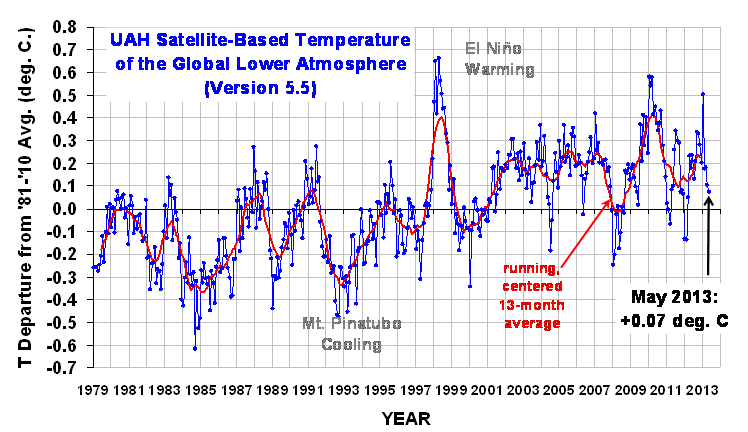

 Home/Blog
Home/Blog